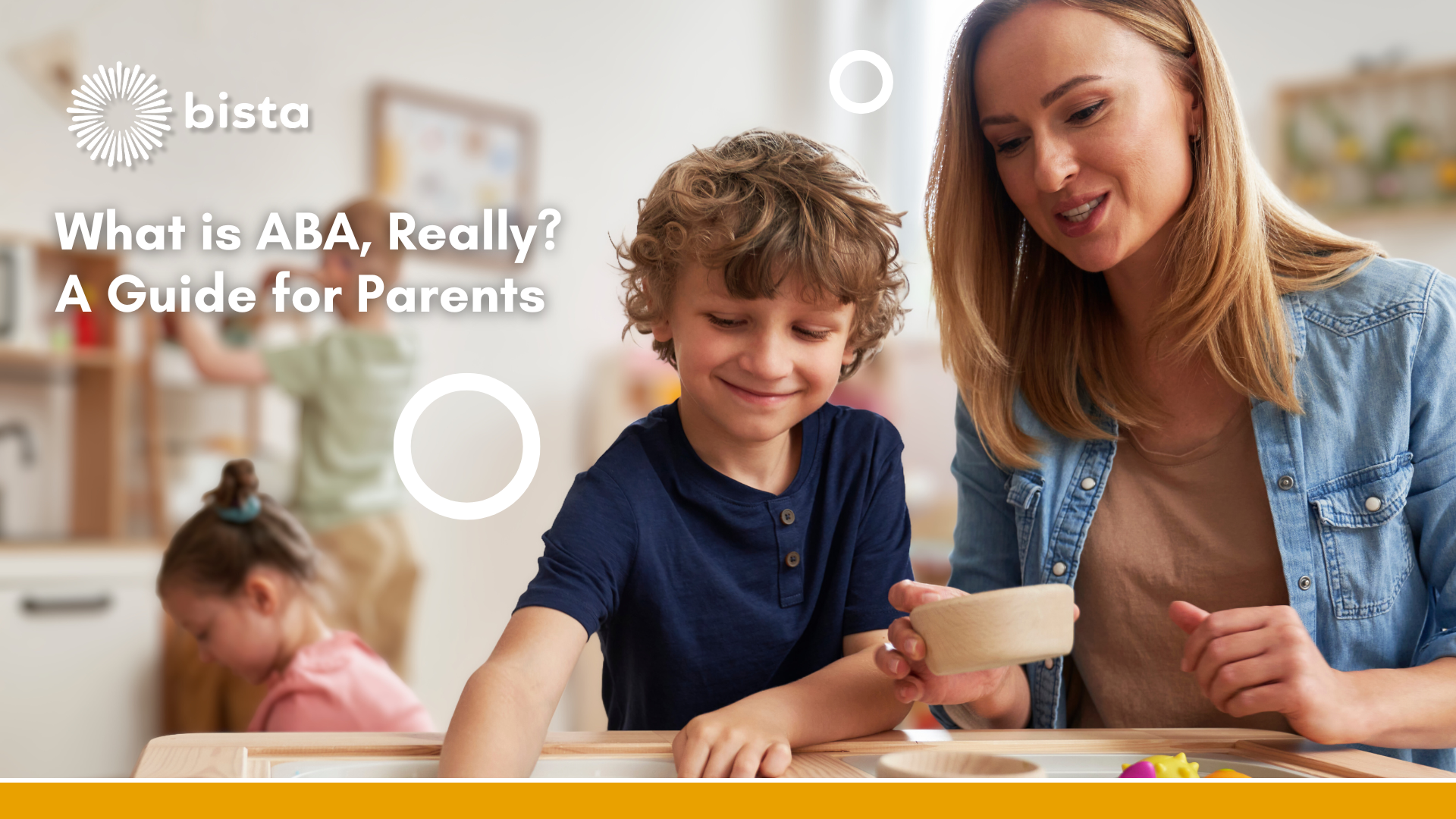Sensory processing is a vital aspect of how we interact with and interpret the world around us. For children with developmental differences, difficulties in sensory processing can significantly impact their ability to engage, learn, and communicate effectively. By integrating sensory processing strategies into Applied Behavior Analysis (ABA) and speech therapy, professionals can create a more holistic approach to therapy, addressing sensory challenges alongside behavioral and communication goals.
The Connection Between Sensory Processing, ABA, and Speech Therapy
Children with sensory processing challenges may struggle with over- or under-responsiveness to sensory input, leading to behaviors that interfere with learning and communication. For example, a child who is hypersensitive to sound might become overwhelmed in noisy environments, hindering their ability to participate in therapy sessions.
ABA focuses on understanding and modifying behaviors by analyzing their functions. When integrated with sensory processing strategies, ABA therapists can identify sensory triggers behind certain behaviors and address them proactively. Similarly, speech therapy can incorporate sensory techniques to help children regulate themselves, making it easier to focus on communication goals.
Benefits of Integration
1. Improved Engagement: Addressing sensory needs can help children feel more comfortable and attentive during therapy sessions.
2. Reduced Challenging Behaviors: Sensory strategies can decrease behaviors stemming from sensory dysregulation, allowing therapists to focus on skill-building.
3. Enhanced Communication: Sensory-friendly environments and activities can promote better verbal and nonverbal communication.
4. Holistic Development: Combining sensory strategies with ABA and speech therapy addresses the child’s needs more comprehensively.
Strategies for Integration
1. Sensory Assessments: Conduct thorough assessments to understand a child’s sensory preferences and challenges. This information guides the integration of appropriate strategies into therapy plans.
2. Incorporate Movement Breaks: Activities like jumping, swinging, or pushing heavy objects can help children regulate their sensory systems, making it easier to focus on tasks.
3. Use Multi-Sensory Approaches: Incorporate visual, auditory, tactile, and proprioceptive elements into therapy sessions. For example, tactile tools like fidget toys or weighted blankets can help a child remain calm and attentive during speech exercises.
4. Modify the Environment:Adjust the sensory environment to meet the child’s needs. This may include dimming lights, reducing background noise, or using noise-canceling headphones.
5. Collaborative Goal Setting: ABA and speech therapists should work together to set shared goals that address both sensory and developmental needs, ensuring a cohesive approach.
6. Parent Involvement: Educate parents on sensory processing and provide strategies they can use at home to reinforce therapy goals.
Real-Life Success Stories
Integrating sensory strategies has led to meaningful progress for many children. For instance, a child who struggled with meltdowns due to sensory overload during speech therapy began using a weighted vest and sensory breaks. As a result, they were better able to focus on speech exercises and communicate effectively.
Conclusion
Integrating sensory processing strategies into ABA and speech therapy allows therapists to address the root causes of sensory-related behaviors while supporting communication and developmental milestones. This collaborative approach empowers children to navigate their environments with greater confidence and ease, setting the stage for long-term success.
If you’re interested in learning how the BISTA Center can help your child through interdisciplinary therapies, contact us today. Together, we can create a customized plan that meets your child’s unique needs.



